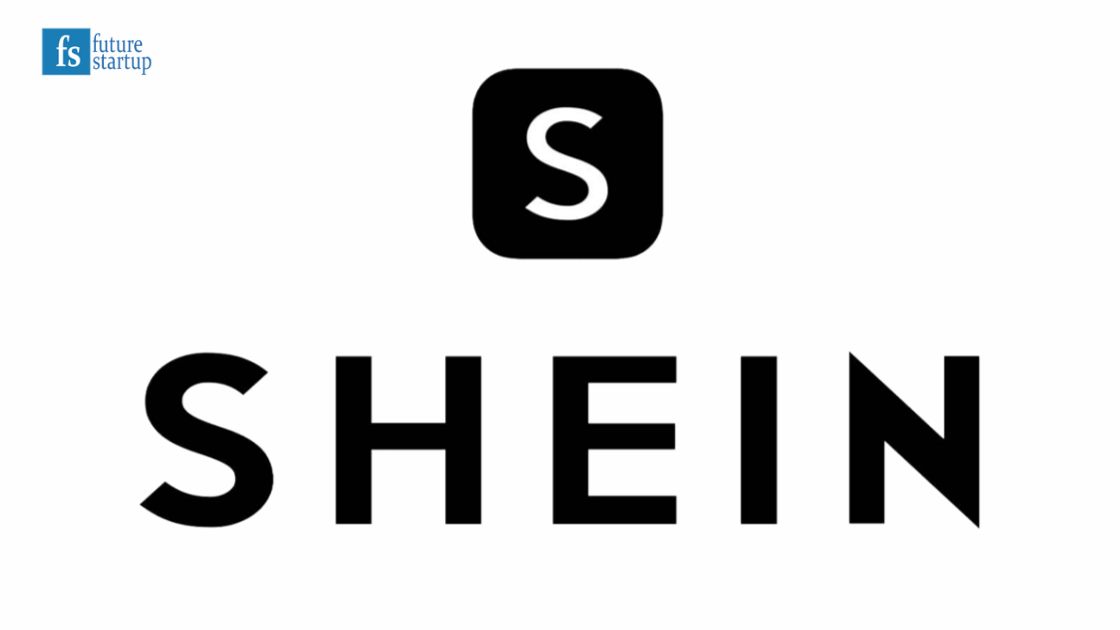
Fashion is an enduring passion we can't help but embrace. As the digital era advances, fashion has made its way onto our mobile devices, computers, and tablets, previously exclusively found in physical retail stores and shopping centers.
Nowadays, we can conveniently purchase our favorite shirts, t-shirts, jeans, pants, shoes, and more through user-friendly eCommerce websites and apps. These platforms offer a wide range of products in various categories and ensure doorstep delivery at affordable rates.
SHEIN, often stylized in all caps as "SHEIN," is a globally renowned and highly influential B2C e-commerce platform that has redefined the landscape of fashion retail. Founded in China in 2008, SHEIN offers top-notch fashion items, encompassing women's and men's attire, kids' clothing, stylish accessories, and various trendy products and embellishments.
SHEIN has rapidly evolved from a small domestic retailer into a dominant force in the world of online fashion. With its emphasis on affordable yet stylish clothing and accessories, SHEIN has captured the attention of fashion-forward individuals worldwide.
SHEIN's success can be attributed to its ability to seamlessly fuse the fast-paced world of fashion with the convenience of e-commerce. The company operates on a digital-first model, using cutting-edge technology to stay at the forefront of the latest trends and deliver them to a vast and diverse customer base. From its early beginnings to its current status as a global fashion giant, SHEIN's journey is a testament to the power of digital innovation and adaptability in an ever-evolving fashion industry.
The company's operations are mainly centered around its digital presence, website, and app, which allow customers to shop for clothing and accessories online. SHEIN's business model revolves around a vast and efficient supply chain, which includes numerous warehouses and distribution centers in different locations to facilitate quick and cost-effective shipping to customers worldwide.
SHEIN stands as a leading global fast-fashion brand, with its headquarters located in China. Chris Xu is the founder and CEO of the company. It was in 2008 that the concept for the company initially struck Chris Xu when he discovered the global demand for Chinese products with commercial appeal. At the time, Chris was employed at Nanjing Aodao Information Technology Co. However, he decided to part ways with the company to pursue the creation of an online retail outlet specializing in affordable fashion clothing.
Upon further investigation, he learned that women's wedding dresses were among the most highly desired garments worldwide. Additionally, he realized that the primary obstacle preventing international consumers from accessing Chinese products was the currency disparity and the associated complications. Subsequently, he established ZZKKO and commenced the sale of wedding dresses.
The company later expanded its product range to include women's clothing and rebranded itself as "SheInside." In the early 2010s, they further diversified their offerings to include cosmetics, jewelry, footwear, handbags, and various accessories.
By 2013, SheInside had approximately 100 employees. They overhauled their marketing approaches, evolving into a fully integrated retailer. In 2015, the company underwent another name change to "Shein," aimed at enhancing name recognition. By 2016, the Shein team had grown to 800 members.
Shein is famous for selling affordable clothing, and its triumph is often linked to its popularity among Generation Z buyers. Initially, the company was likened to a dropshipping operation, as it didn't design or produce items but sourced them from the wholesale clothing market in Guangzhou. However, in 2012, Shein started building its system for supplying products, turning into a complete retailer. As of 2022, the company has set up a supply network in Guangzhou that involves over 3,000 suppliers.
SHEIN offers a wide range of products and services primarily focused on fashion and accessories. Here's an overview of the products and services provided by SHEIN:
In conclusion, SHEIN has charted an impressive journey from its humble beginnings in 2008 as a small online women's clothing retailer to its current status as a global fashion e-commerce giant. The company's history is a testament to the power of digital innovation, adaptability, and a keen understanding of fast fashion trends.
SHEIN's digital-first approach and extensive online presence have allowed it to capture a massive and diverse customer base, providing it with a wide array of affordable clothing, accessories, beauty products, and home goods. The company's success has been characterized by its ability to swiftly respond to evolving fashion trends and to utilize influencer marketing and social media to connect with its target audience.
While SHEIN's rapid growth and popularity are undeniable, the company has also faced scrutiny and controversy regarding sustainability and labor practices in the fast fashion industry. In response to these concerns, SHEIN has begun to take steps towards more responsible and sustainable practices, demonstrating a commitment to addressing the environmental and social impacts of its operations.
As SHEIN continues to adapt to the ever-changing fashion landscape and expand its product offerings, its history serves as a compelling case study of the digital transformation of the fashion industry. It showcases the influence of e-commerce and the ability of an agile, online-based retailer to shape the way people shop for fashion in the 21st century.
